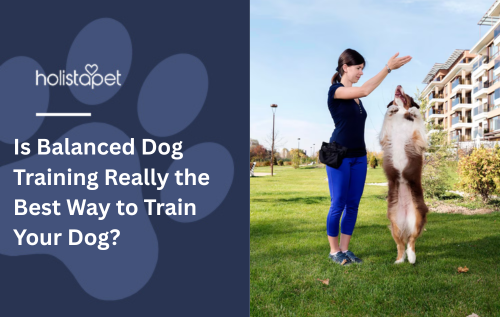Training small dogs can seem like a breeze—after all, how much trouble can a 10-pound pup really cause? But as many pet owners discover, small dog training has its own set of challenges and surprising advantages. Whether you’re dealing with a bark-happy Chihuahua or a stubborn Shih Tzu, the way you approach training matters more than you think.
In this post, we’ll explore why small dog training deserves just as much attention as big dog training—and how to make it work effectively.
 Why Training Small Dogs is Crucial
Why Training Small Dogs is Crucial
Just because your dog is small doesn’t mean bad behavior is harmless. Jumping on guests, excessive barking, and potty issues are just as frustrating with a little dog as with a large one. In fact, some small breeds are known for being more vocal and energetic, which makes consistent training essential for a happy home.
Common Training Mistakes with Small Dogs
-
Underestimating their behavior: Owners often let small dogs get away with behavior they'd never tolerate in bigger breeds.
-
Using the wrong tools: Training collars and leashes designed for large dogs may be too harsh or ineffective.
-
Inconsistent boundaries: Many small dogs aren’t trained properly because their misbehavior seems "cute" at first.
Effective Small Dog Training Tips
Here are a few proven techniques to help you get the best results:
-
Use positive reinforcement. Reward-based training works wonders for small breeds. Treats, toys, and praise are powerful motivators.
-
Be consistent. Set clear rules and stick to them. If jumping on the couch is off-limits, it should always be off-limits.
-
Keep training sessions short. Small dogs often have shorter attention spans. Aim for 5–10 minute sessions multiple times a day.
-
Work on socialization early. Introduce your small dog to new people, environments, and other dogs as early as possible.
-
Teach basic commands. Start with sit, stay, come, and leave it—then build up from there.
 Frequently Asked Questions
Frequently Asked Questions
1. Can small dogs be potty trained easily?
Yes, but it takes patience. Small bladders mean they may need more frequent bathroom breaks. Crate training and consistent scheduling help a lot.
2. Are small dogs harder to train than large dogs?
Not necessarily. Many small breeds are highly intelligent, but they can also be more stubborn or excitable. The key is adapting your approach to their personality.
3. Should I hire a professional trainer for a small dog?
If you're struggling or unsure how to start, a certified dog trainer can provide personalized tips and hands-on support—even for small breeds.
4. Is leash training necessary for a small dog that stays indoors?
Absolutely. Even if they don’t go on long walks, proper leash behavior is important for vet visits, travel, and emergencies.
Final Thoughts
Small dog training isn’t just about obedience—it’s about building a better relationship with your furry companion. With the right techniques and consistency, even the tiniest pup can become well-behaved and confident. Don’t fall for the myth that small dogs don’t need training. In reality, they may need it more than their larger counterparts.
Helpful Notes
-
Use treats appropriate for your dog’s size to avoid overfeeding.
-
Monitor your tone of voice—small dogs can be sensitive to loud corrections.
-
Avoid physical punishment. It damages trust and can lead to fear-based behaviors.
-
Always end training on a positive note to keep your dog motivated.


 CBD Oil for Dogs - Fast Acting
CBD Oil for Dogs - Fast Acting
 Chicken Flavored CBD Oil For Dogs - Easy Dose
Chicken Flavored CBD Oil For Dogs - Easy Dose
 Salmon Flavored CBD Oil For Dogs - Highly Rated
Salmon Flavored CBD Oil For Dogs - Highly Rated
 CBG Oil for Dogs and Cats - Loved by Thousands
CBG Oil for Dogs and Cats - Loved by Thousands





Leave a comment
All comments are moderated before being published.
This site is protected by hCaptcha and the hCaptcha Privacy Policy and Terms of Service apply.